The Americas Collection
Dr. Carl Deußen, Curator
The special emphasis of the American Collection is on the cultures of the lowlands of South America and their neighbouring regions. Almost half of the total inventory comes from this area. The majority of the pieces were acquired after the Second World War during collecting and research trips, partly by museum staff and partly by members of the Frobenius-Institute in Frankfurt. The most important collectors were: in Bolivia, Karin Hissink among the Tacana (1952/54), the Chimane and Chama (1969); Heinz Kelm among the Yuracaré and Mbía (1977) and Mojo and Chiquito (1982); in Peru, Mark Münzel among the Jívaro (1970s). Otto Zerries and Meinhard Schuster collected and carried out research among the Yanomami in Venezuela (1954/55), Mark Münzel among the Kamayurá (1967/68 and 1988/89) and Mona Suhrbier among the Guarani in Brazil (1999/2000). Additional collections from the lowlands were acquired in Bolivia (1930) by the R. Wegener museum; Boris Malkin collected in Columbia and Paraguay (1970s), Argentina (1985/86) and Brazil (1965); Shipibo-collections from Peru were given by Carmen Binder (1966) and Willig (1988); objects from Brazil were acquired by Lothar Petersen (1950s) and especially from among the Kayapó by Luiz Boglár (1988).
So-called folk art from Central and South America constitutes another quarter of the collection. Karin Hissink assembled a cross-section of folk art from Mexico (1962) and Guatemala (1970); Mark Münzel collected objects in central Bolivia and Peru (1972). Additional collections come from Fischermann (1982) and Bernd Schmelz (1993).
In the context of the complete inventory the indigenous cultures of North America (including the Inuit) are represented by comparatively few objects. Most of these are single pieces taken from various regions. Many are very old, some of these being assembled during a voyage along the west coast of North America undertaken by the Russian Admiral Ferdinand Baron von Wrangel (1834), and counting among the oldest of the museum’s ethnographic objects. A part of this inventory has been exhibited on loan for the last thirty years at the Ledermuseum, Offenbach.
Important early estates come from, among others, Eckhard (1883) and consul Stromsdörfer (1890). Special archaeological findings from ancient Americas were donated to the museum from estates, but were also exchanged with other museums or bought at galleries. Also to be mentioned here are the Hasso von Winning collections from ancient Mexico (1963, 1965/66) and those of Martin Arndt from ancient Peru (compiled prior to WW II).
In the area of contemporary art initially the following existing collections were acquired: Guarani drawings by Egon Schaden (1949/50), and Tukuna paintings on bark cloths by Willig (1984). The range of contemporary art has been extended by the department’s curator Mona B. Suhrbier and made a focal point of collecting: on several research trips (1988, 1990, 1999/2000) she put together a cross-section of popular Brazilian art. The museum commissioned a collection of Afro-Brazilian art which was collected by Erica Jane de Hohenstein (1992/93). New Indian art from Brazil was collected by Gustaaf Verswijver (1970s) among the Kayapó; by Mona B. Suhrbier (1999/2000) among the Guarani and Tukano; by Ulrike Prinz (2000) among the Mehinako; as well as from Peru by Luiz Eduardo Luna (1991/92). The majority of the pictures and drawings emerged during research stays and can be considered as “ethnographic sources”. In the sphere of indigenous art from North America, single pieces were acquired from galleries or were donated by the gallery owner Dorothee Peiper-Riegraf and the friends of the museum. A collection of contemporary Inuit art was donated by the Jäger family (1990s).
The objectives of collecting are adapted to changed conditions: today, various international agreements regulate the importation and exportation of national cultural heritage and materials that fall under the protection of species acts. Thus, for ethical reasons, archaeological artefacts of the ancient high-cultures from Middle and South America or the feathered headdresses of the Amazonian Indians can no longer be acquired for a museum. In many areas of the Americas, ancient handicrafts have been abandoned or newer arts and crafts and art forms have been developed instead. An important point of orientation in collecting continues to be the principle of updating existing collections and of expanding regional areas of emphasis.
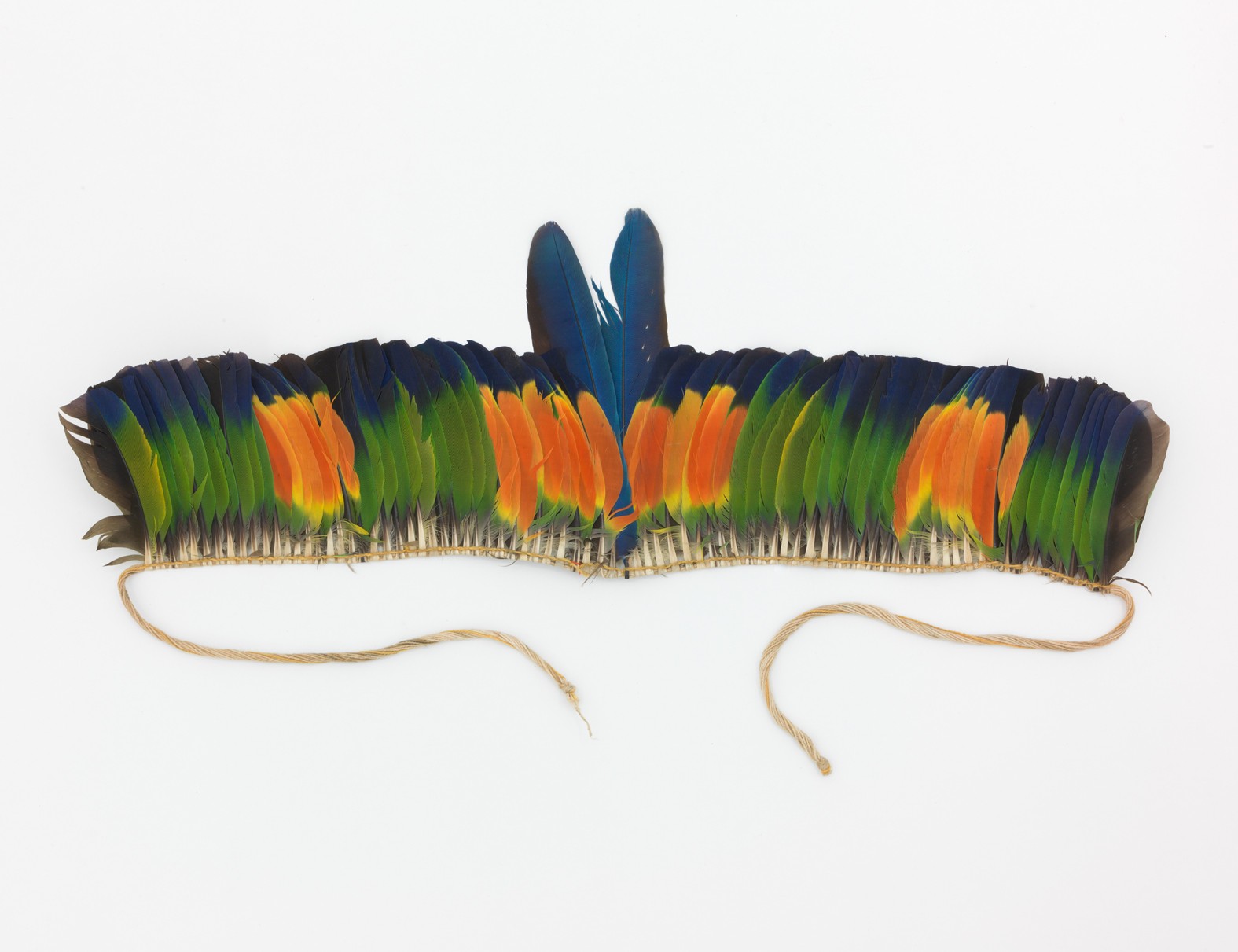 Feather headdress, Kamayurá, Amazonia, Brazil, collected 1989.
Feather headdress, Kamayurá, Amazonia, Brazil, collected 1989.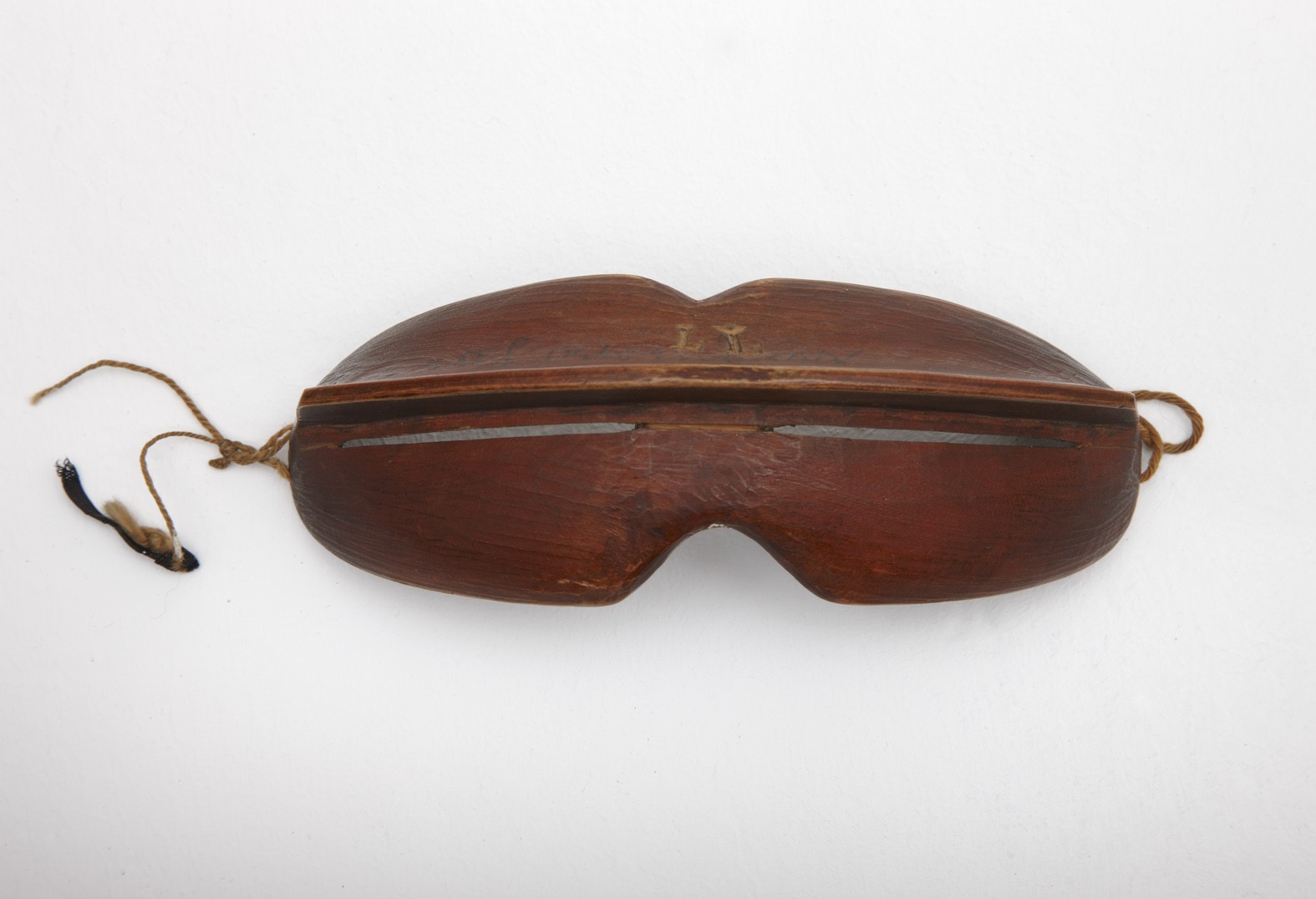 Snow shades, Inuit, Alaska, Gift 1901.
Snow shades, Inuit, Alaska, Gift 1901.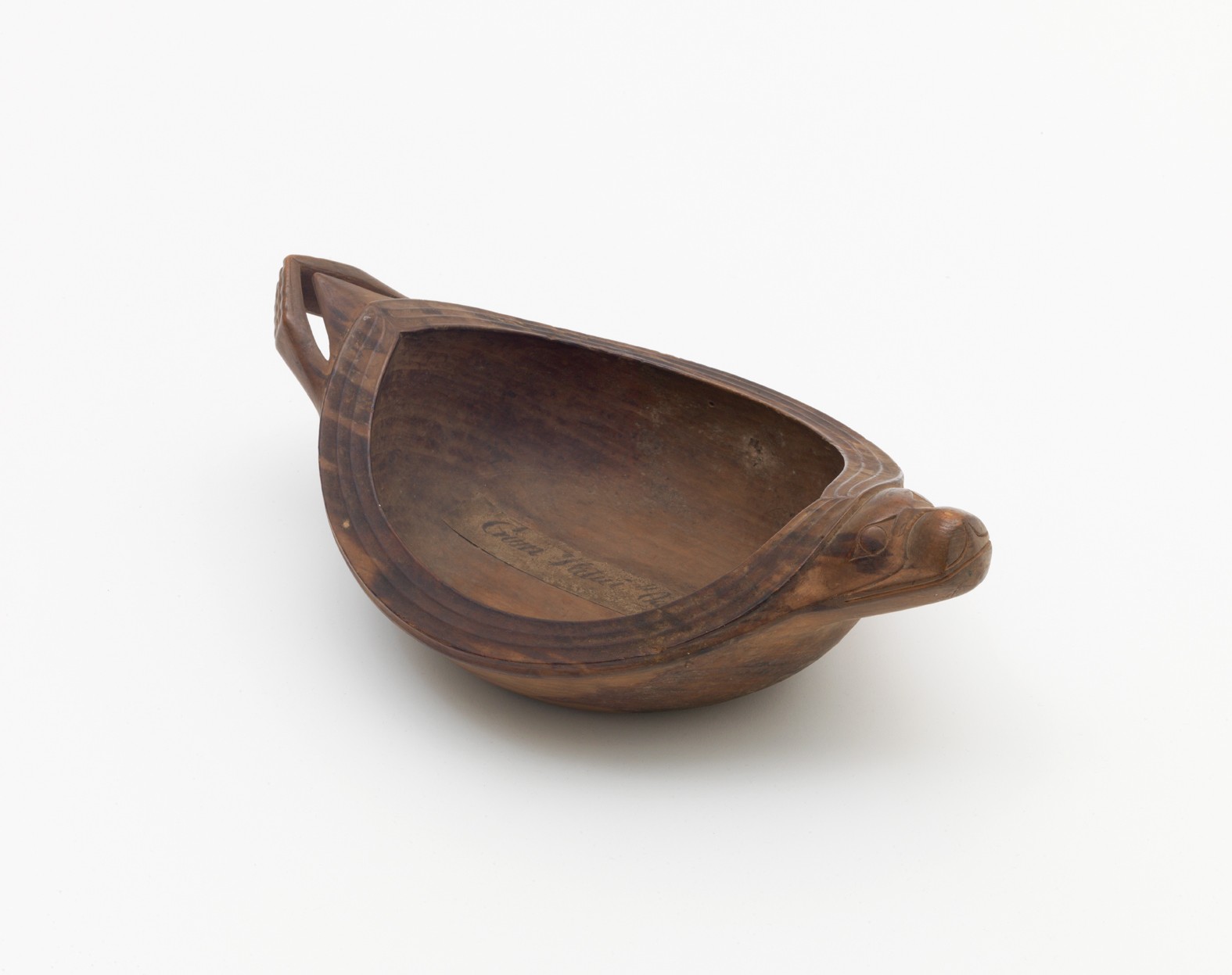 Bowl, North-West Coast Canada, purchased 1906.
Bowl, North-West Coast Canada, purchased 1906.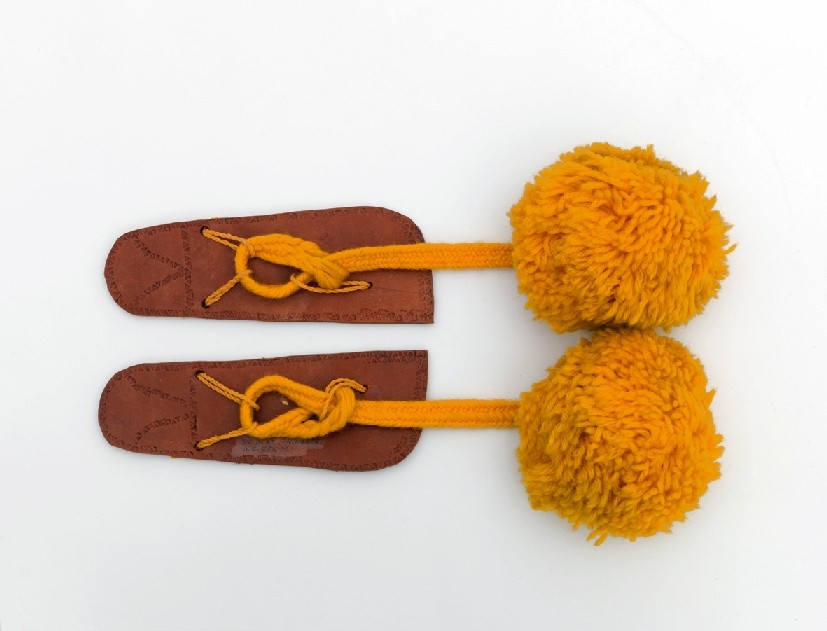 Sandals, Kuna, San Blas Islands, Panama, collected 1963.
Sandals, Kuna, San Blas Islands, Panama, collected 1963.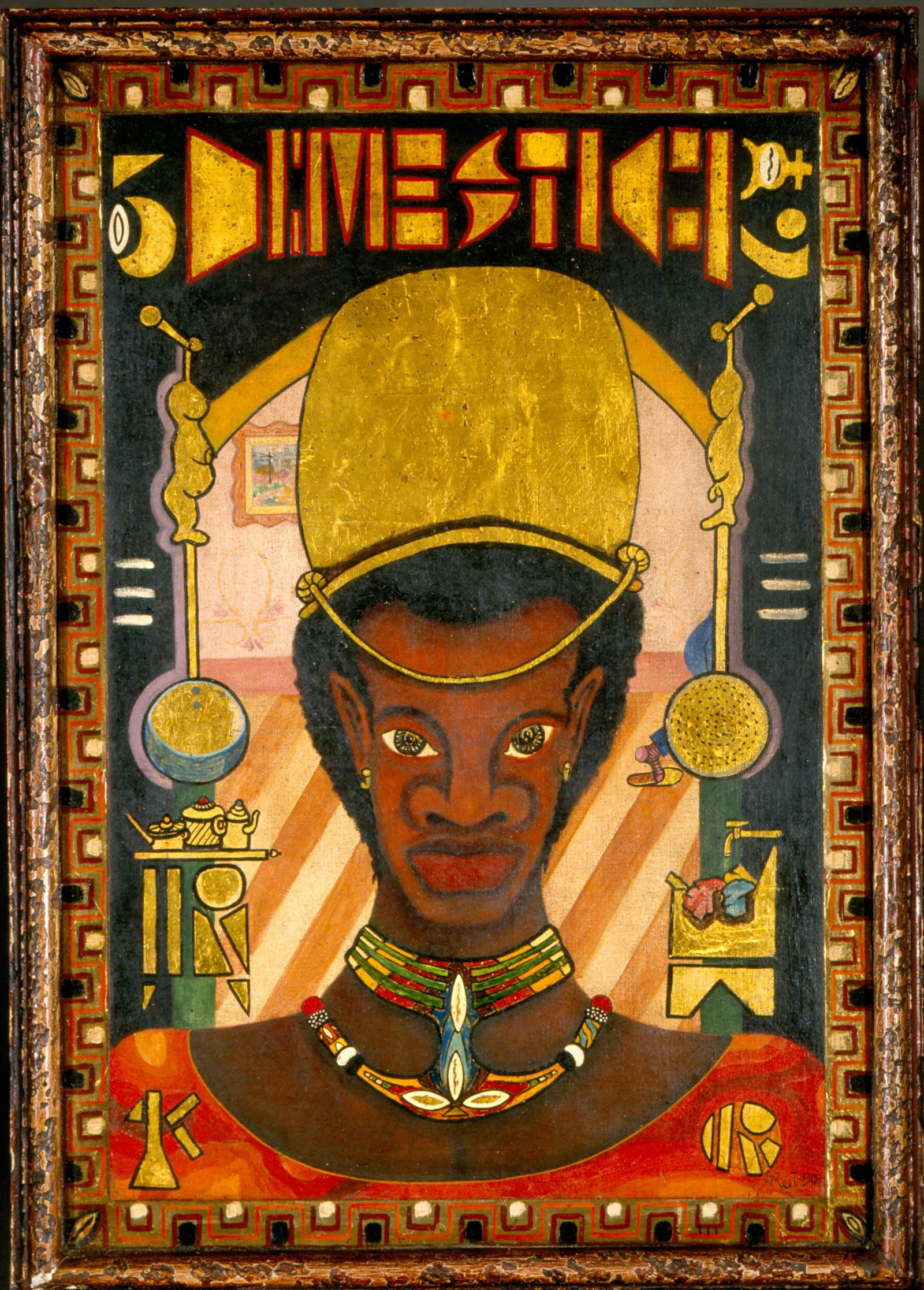 Roberto O. Griot: Homenagem as domesticas, mixed media, Salvador da Bahia, Brazil, 1991.
Roberto O. Griot: Homenagem as domesticas, mixed media, Salvador da Bahia, Brazil, 1991.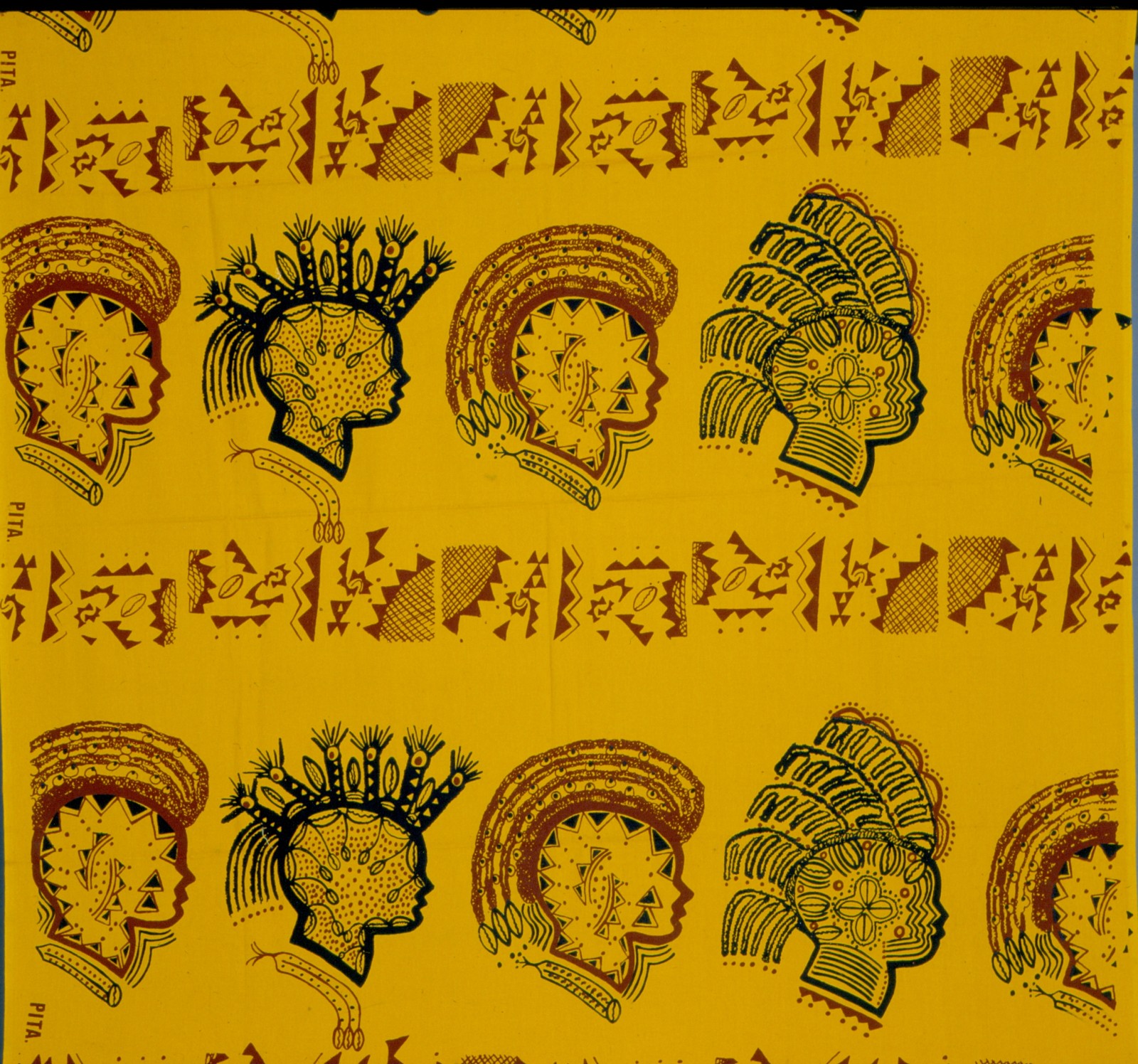 Alfredo Pita: Punk, textile, screen printing, Salvador da Bahia, Brazil, 1991.
Alfredo Pita: Punk, textile, screen printing, Salvador da Bahia, Brazil, 1991.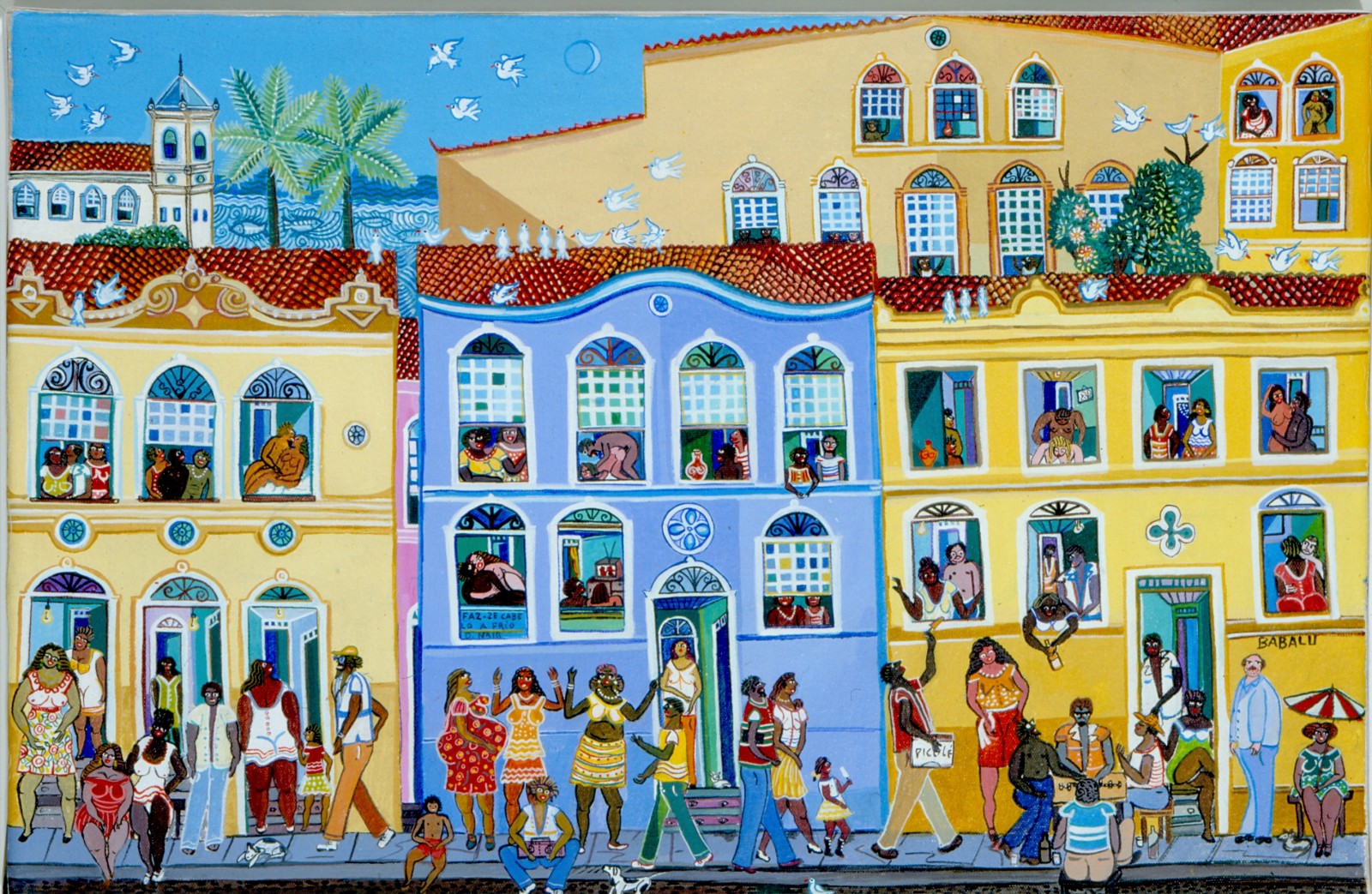 Babalú: Dia de Domingo de Tarde, oil on canvas, Salvador da Bahia, Brazil, 1992.
Babalú: Dia de Domingo de Tarde, oil on canvas, Salvador da Bahia, Brazil, 1992.
